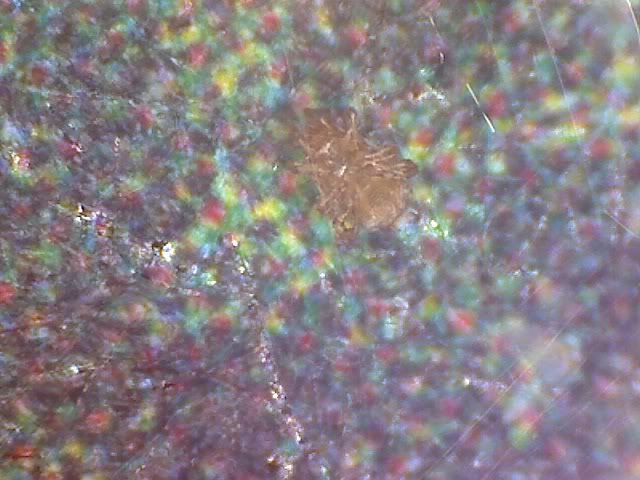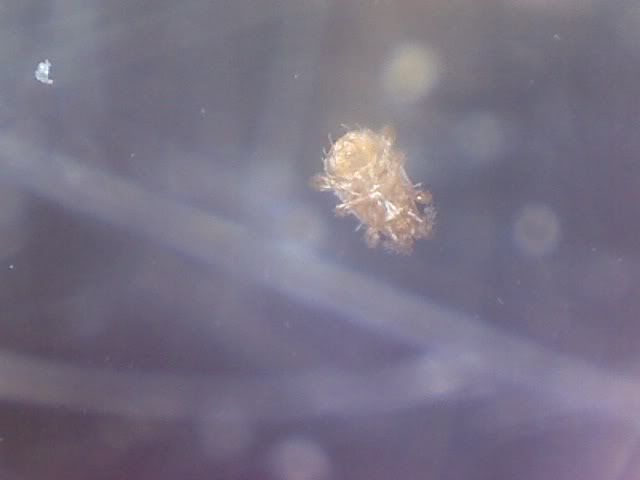M
MacGyver420
Does this really work? I have heard someone say that before, but it sounded to good to be true.
I have seen a lot of improvement when using myco/bacteria inoculants and compost tea. The worm castings would have the microbial live that is needed to cure a root disease.
Ive always thought maybe an organic grow would be the answer to getting rid of root aphids, but i have always been to sketched out to bring organic soil into my room because most are known to come with fungus knats and root aphids.
Im using de-chlorimine tablets, GH subculture B, roots excelurator, and met52. My plants seem to be loving it.
We'll see....
i used pretty much this plan of attack and things went really really good for me... think about feeding with some worm poop tea as well.... the met52 works with a very high success rate for me as well...





